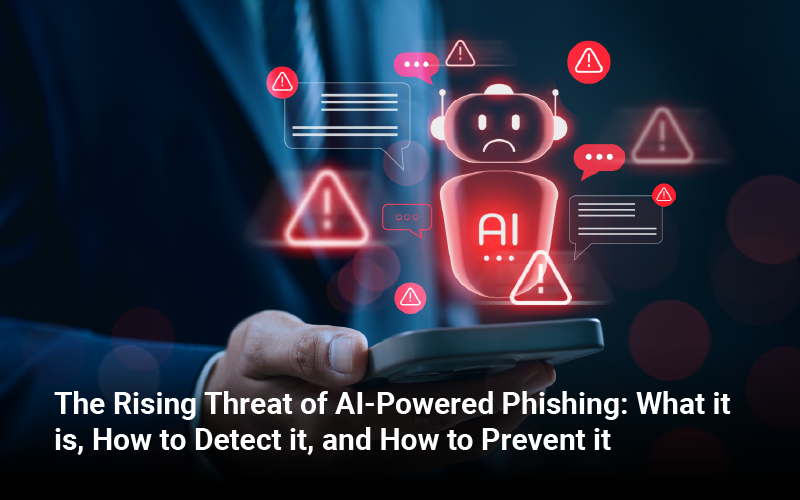In an era where digital landscapes are expanding unprecedentedly, the need for robust cybersecurity measures has never been more critical. As organizations increasingly rely on interconnected systems and data-driven processes, the potential for cyber threats continues to grow. In response to this evolving landscape, integrating Artificial Intelligence (AI) and Machine Learning (ML) has emerged as a powerful strategy for enhancing cybersecurity defense. This blog explores how AI and ML in cyber security defense are evolving to stay ahead of cyber threats.
Thank you for reading this post, don't forget to subscribe!What is Artificial Intelligence and Machine Learning
Before delving into their role in cybersecurity, it’s crucial to grasp the fundamentals of AI and ML. AI controls how human Intelligence is simulated in machines, facilitating them to accomplish tasks that normally require human Intelligence. ML, a subset of AI, focuses on creating algorithms that authorize systems to comprehend data and enhance their performance over time without direct programming.
- Understanding the Cybersecurity Challenge: The digital era has ushered in a surge in cyber threats, including malware, phishing attacks, and advanced persistent threats. These attacks pose financial risks, jeopardize reputations, and disrupt critical operations, underscoring the urgency for proactive and adaptive cybersecurity measures.
- The Rise of Artificial Intelligence in Cybersecurity: Artificial Intelligence, capable of processing extensive amounts of data and identifying complex patterns, is pivotal in enhancing cybersecurity defense. AI systems excel at analyzing data in real-time, enabling rapid threat detection and response. By 2026, organizations operationalizing AI transparency, trust, and security will see their AI models achieve a 50% improvement in adoption, business goals, and user acceptance. (Gartner, n.d.)
- Machine Learning in Cybersecurity Defense: Machine Learning algorithms contribute significantly to cybersecurity defense by learning from historical data to detect anomalies. ML models are trained on labeled datasets in supervised learning, while unsupervised learning allows systems to identify patterns without predefined labels. This adaptability makes ML particularly effective in threat detection, malware analysis, and user behavior analytics, as evidenced by its increasing adoption across industries.
- AI and ML for Threat Intelligence: AI and ML technologies are instrumental in generating threat intelligence, which is crucial for understanding and mitigating cyber threats. By automating the analysis of massive datasets, AI accelerates the identification of potential threats and facilitates real-time response.
- Challenges and Considerations: While AI and ML offer significant advantages, some challenges and considerations must be addressed. The limitations of AI algorithms, potential biases, and ethical concerns highlight the importance of a balanced, human-machine collaboration approach in cybersecurity defense. Organizations must be mindful of these aspects to ensure a responsible and effective deployment of AI-driven solutions.
Case Studies
Several organizations have successfully implemented AI and ML in their cybersecurity strategies. For instance, Darktrace, a cybersecurity company, utilizes AI algorithms to autonomously detect and respond to evolving threats. Such case studies exemplify the substantial impact of AI and ML on enhancing overall security postures.
Future Trends and Innovations
As technology continues to evolve, forthcoming trends in AI for cybersecurity are poised to revolutionize defense strategies further. Proactive threat hunting, prediction capabilities, and innovations in adversarial machine learning are expected to shape the future landscape of cybersecurity defense. Collaborative efforts between industry experts, researchers, and policymakers will drive these innovations forward.
Integrating Artificial Intelligence and Machine Learning in cybersecurity defense significantly advances the ongoing battle against cyber threats. As the digital landscape continues to mature, the proactive use of AI and ML technologies will be crucial for staying ahead of adversaries. Organizations must invest in research, collaboration, and ongoing innovation to harness the full potential of these technologies and ensure a secure digital future.
References:
What Is Artificial Intelligence (AI)? | Gartner. (n.d.). Gartner.
https://www.gartner.com/en/topics/artificial-intelligence







